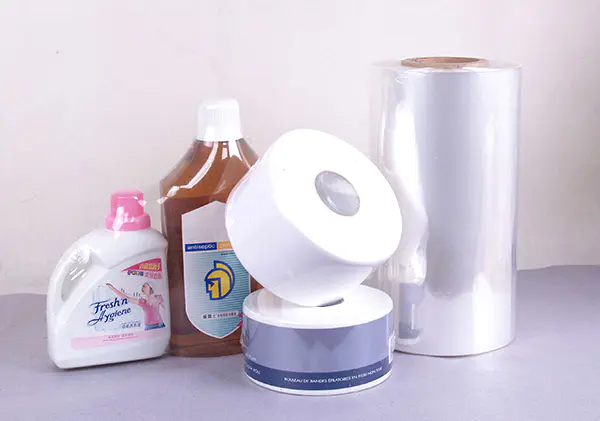①Classify the printing method according to the relative position of the graphic and non-graphical areas on the printing plate
(1) Letterpress printing, the graphic part of the printing plate is raised, which is obviously higher than the blank part. The printing principle is similar to the seal. The early woodblock printing, movable type printing and later type printing are all letterpress printing.
(2) Gravure printing, the graphic part of the printing plate is lower than the blank part, and is often used for the printing of valuable securities such as banknotes and stamps.
(3) Lithographic printing, the graphic part and the blank part of the printing plate are almost on the same plane, and the printing method is carried out using the principle of oil and water incompatibility.
(4) Stencil printing. The graphic part of the printing plate is a hole, and the ink is transferred to the surface of the substrate through the hole. Common stencil printing includes hollow plate and screen plate.
②Classify the printing method according to the paper feeding method of the printing press
(1) Flat paper printing: also known as sheet-fed printing. It is printed on flat paper.
(2) Web printing: also known as rotary printing. It is a method of printing using web paper.
③ Classification of printing methods according to whether the printing plate is in contact with the substrate
(1) Direct printing: The ink on the printing plate is directly printed in contact with the substrate. Such as letterpress printing, gravure printing, screen printing.
(2) Indirect printing: The printing method in which the ink of the printing plate is transferred to the substrate through the blanket.
④Classify the printing method according to whether the printing plate adopts the printing plate or not
(1) Plate printing: The printing plate is printed on the substrate with a pre-made printing plate. Such as letterpress printing, gravure printing, screen printing.
(2) No-plate printing: a method in which a printing plate is directly printed on a substrate through a computer-driven print head (or print head). such as digital printing.
⑤ Classification of printing methods according to printing principles
(1) Physical printing, the printing ink is completely a kind of accumulation load in the printing part, the non-printing part is concave or convex, and the height of the printing part is different and cannot be stained with printing ink, let it be blank, so the printing The printing ink of the pattern part is transferred to the printed material, which is only a physical and mechanical action. Generally, letterpress printing, gravure printing, stencil printing, dry lithography, etc. are all physical printing (the printing surface is higher or lower than the non-printing surface).
(2) Chemical printing, the non-printed part of the printing plate (non-printing surface) does not stick to the ink, not because of this part is concave, convex, or blocked, but because of chemical action, it produces water absorption and repellency. The film of ink dictates. Of course, the printed part (printing surface) absorbs ink and repels water, the non-printed part absorbs water and repels ink, and the water and grease reverse each other, which is still a physical phenomenon. A thin film of ink, so it is chemical printing. Offset printing falls into this category. In offset printing, glue substances should be added to the water tank solution to supply the mucus layer of carboxyl groups, so as to keep the non-printing surface of the printing plate from being impregnated by grease.
 High performance shrink film JT05
High performance shrink film JT05Product Description:is a perfect shrink film. It can help you solve nearly all shrinking difficulties. JT06 has excellent low shrink temperature property. Its shrink temperature is nearly same as PVC shrink film's. With quick shrink, good seal strength and over 70% shrinkage, JT06 can perform perfectly even under the worst shrink conditions. JT06 also has low shrink force function and good hot slip property.
Features:Exceptional shrinakge under 120℃
Broad shrink temperature range, from 110℃ to 180℃
Quick shrink in 1.5 seconds
Excellent shrinkage
Low sealing temperature
Superior seal strength
Strong tear resistance
Low shrink force property
Outstanding hot slip property after shrinkage
Overlap staic sealing property
compatible for all packaging machinery.

The price of raw materials has risen wildly recently

